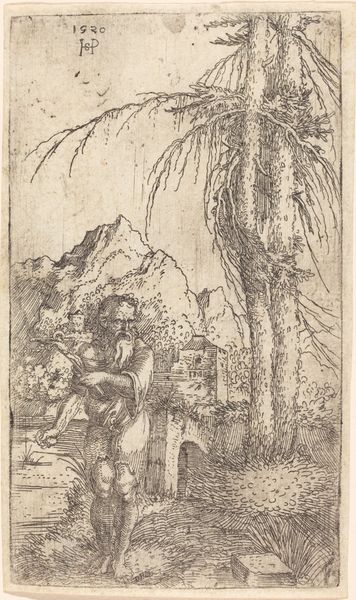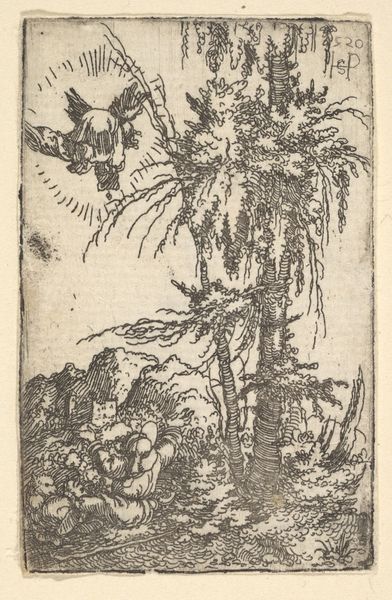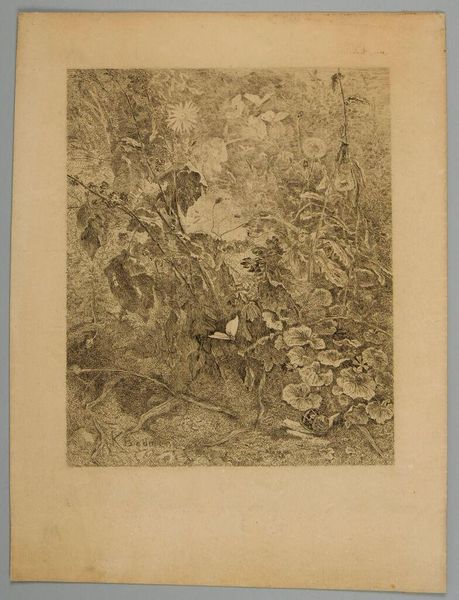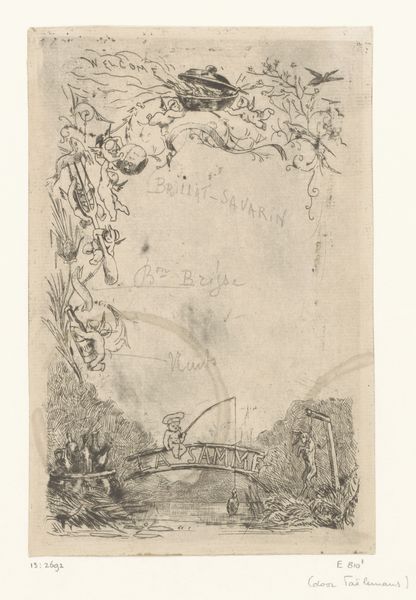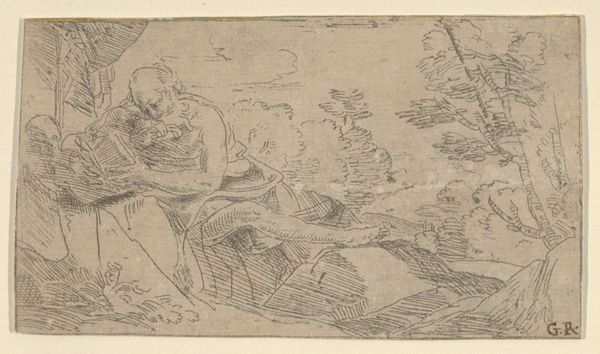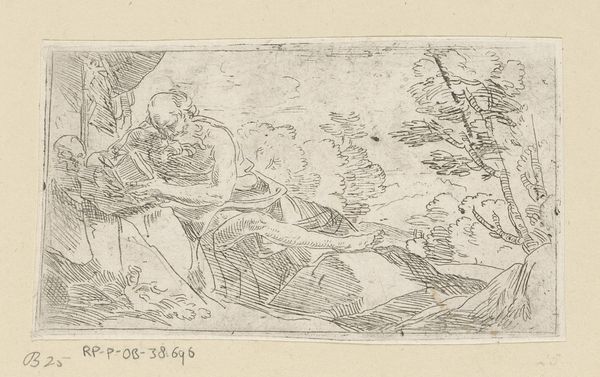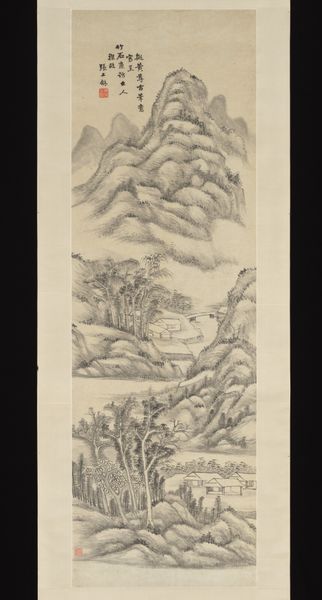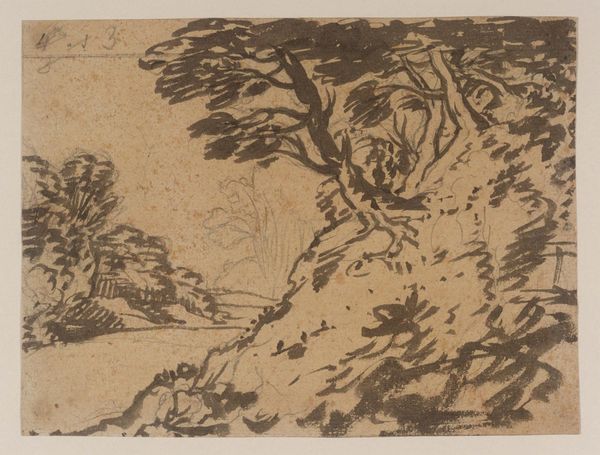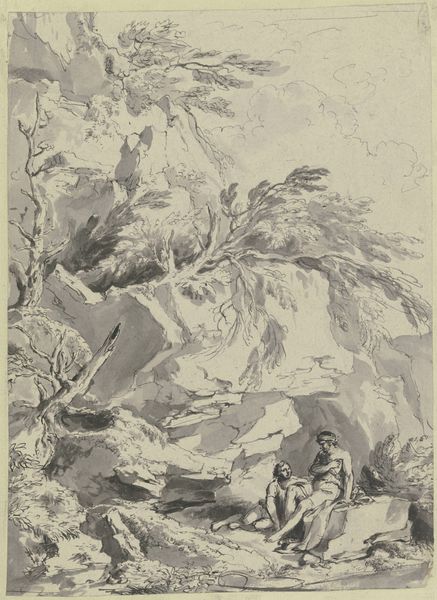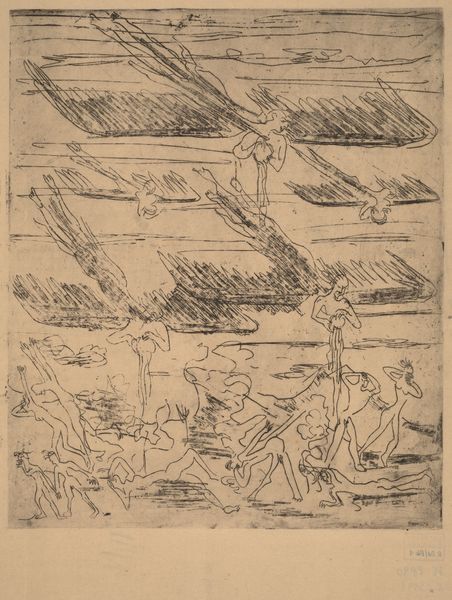
print, engraving
#
allegory
#
baroque
# print
#
figuration
#
engraving
Dimensions: height 70 mm, width 43 mm
Copyright: Rijks Museum: Open Domain
Cornelis Schut made this print of playful putti sometime in the 17th century. The medium is etching, a printmaking technique which relies on the corrosive action of acid to create lines in a metal plate. Consider the labor involved. The artist would have coated the plate with a waxy, acid-resistant ground, then used a sharp needle to scratch away the ground, exposing the metal beneath. When the plate was immersed in acid, the exposed lines would be etched into the surface. The plate is then inked and pressed onto paper. The resulting image has a distinctive character, with a slightly rough, almost casual quality. This aesthetic was particularly well-suited to the depiction of lively, energetic figures like these putti. The etching process allows for a freedom of line and a sense of spontaneity. It’s important to remember that every work of art is the result of specific techniques, and skilled labor. Paying attention to these factors allows us to fully appreciate the artistry and creativity on display.
Comments
No comments
Be the first to comment and join the conversation on the ultimate creative platform.
